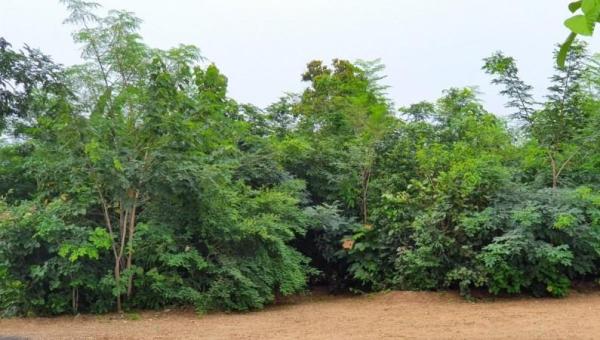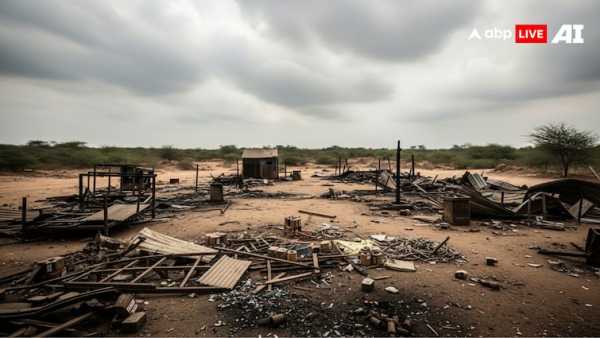India, renowned for its diverse ecosystems and landscapes, has recently been acknowledged as one of the few nations globally to have successfully augmented its forest cover. This accomplishment, as reported by an SBI Research, positions India among the top ten countries where forest cover has seen a significant rise over the years.
The report discloses that India’s forest cover remained unchanged from 1991 to 2011, but has seen a steady increase since then. This growth is attributed to the U-shaped relationship between urbanization and forest cover. In the initial stages of urbanization, deforestation is a common phenomenon. However, as urbanization advances, policies such as urban greening, forest conservation programs, and sustainable land-use planning are implemented, leading to an eventual recovery of forest cover.
India is a country that is urbanizing at a swift pace. As per the 2011 Census, 31.1% of the total population resided in urban areas. This percentage is projected to rise to 35-37% by the 2024 Census.
The report suggests that once the urbanization rate crosses 40%, the impact on forest cover becomes positive. This is where initiatives like the Smart Cities Mission and the Atal Mission for Rejuvenation and Urban Transformation (AMRUT) play a crucial role. These programs aim to integrate green infrastructure and enhance urban ecological resilience.
The current assessment reveals that the total forest cover in India’s mega cities is 511.81 km2, accounting for 10.26% of the total geographical area of these cities. Delhi leads the pack with the largest forest cover, followed by Mumbai and Bengaluru. Interestingly, the maximum gain in forest cover from 2021 to 2023 is seen in Ahmedabad, followed by Bengaluru. On the other hand, Chennai and Hyderabad have witnessed the maximum loss in forest cover.
The forestry sector contributes approximately 1.3-1.6% to India’s Gross Value Added (GVA), supporting industries such as furniture, construction, and paper manufacturing. With an estimated 35 billion trees, the GVA per tree in India is only Rs 100.

However, the report also highlights that India’s forest cover is asymmetric. States like Odisha, Mizoram, and Jharkhand have seen an increase in forest cover. In contrast, North-East and hilly states like Uttarakhand and Himachal Pradesh have a larger geographical area under forest cover. States like Uttar Pradesh, Bihar, Rajasthan, Haryana, Punjab, etc., have less than 10% of their geographical area under forest cover.
To enhance forest sustainability, the report suggests expanding biodiversity hotspots and incentivizing private sector participation. Investment in afforestation projects through Corporate Social Responsibility (CSR) and carbon offset markets can enhance conservation funding. Strengthening enforcement against encroachment through satellite monitoring and digital databases can protect critical forest areas.
The government has undertaken various initiatives, such as the Smart Cities Mission and AMRUT, to integrate green infrastructure and enhance urban ecological resilience. These initiatives align with the postulated U-shaped hypothesis, leading to better institutional capacity that supports both urban growth and environmental conservation.









